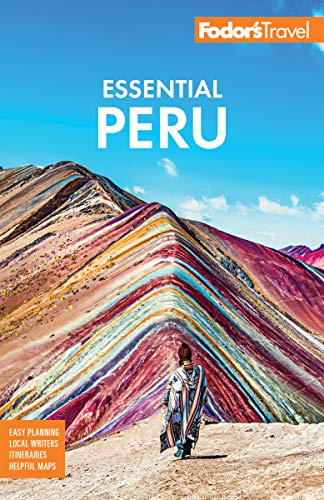Health and Safety
Peru's tap water is iffy, so drink only bottled water, and avoid unwashed lettuce and other raw vegetables. When eating cebiche and tiradito (thinly sliced, marinated fish), both made with raw seafood, the citric acid in the lime-juice marinade is efficient at killing bacteria, but because these dishes are often prepared to order, it's best to let yours stew in the juice a bit before eating.
As for Lima's streets, take locals' reports of ubiquitous rateros (thieves) with a grain of salt. Yes, opportunity theft can be a problem, but assault and other violent crimes are rare, at least in the areas tourists would have reason to visit. Remember you're in a developing Latin American country, and take the appropriate precautions. El Centro is generally safe during the day, but can be dicey at night, so stick to the two main plazas and Jirón de la Unión (the pedestrian thoroughfare that connects them). Residential neighborhoods such as Miraflores, San Isidro, and Barranco are very secure due to a strong police presence, but be on guard when away from the main streets. The biggest problem you're likely to encounter is pickpockets in crowded markets and on public transportation; keep your wallets and purses in front of you at all times.
In case of trouble, contact the Tourist Police (0800–22221). English-speaking officers will help you report a crime. For more serious emergencies, call the police (105) or fire department (116).




